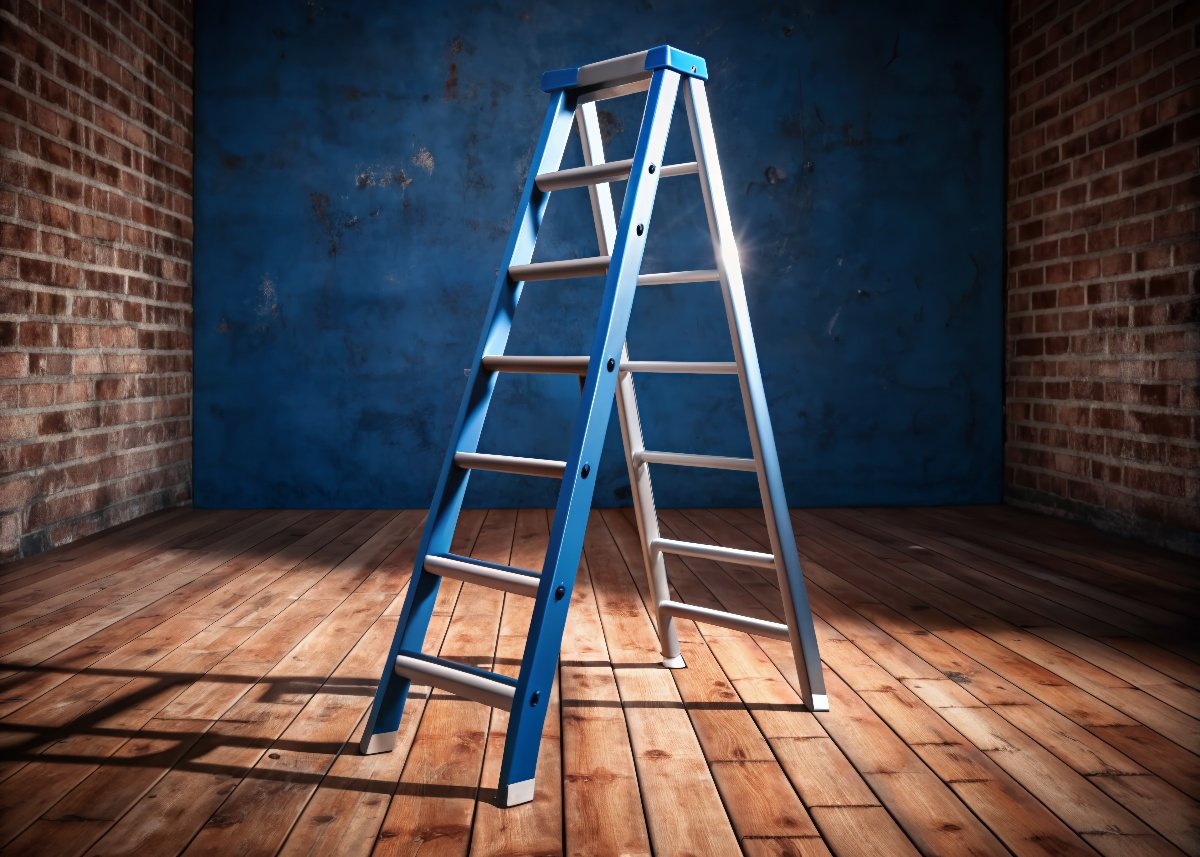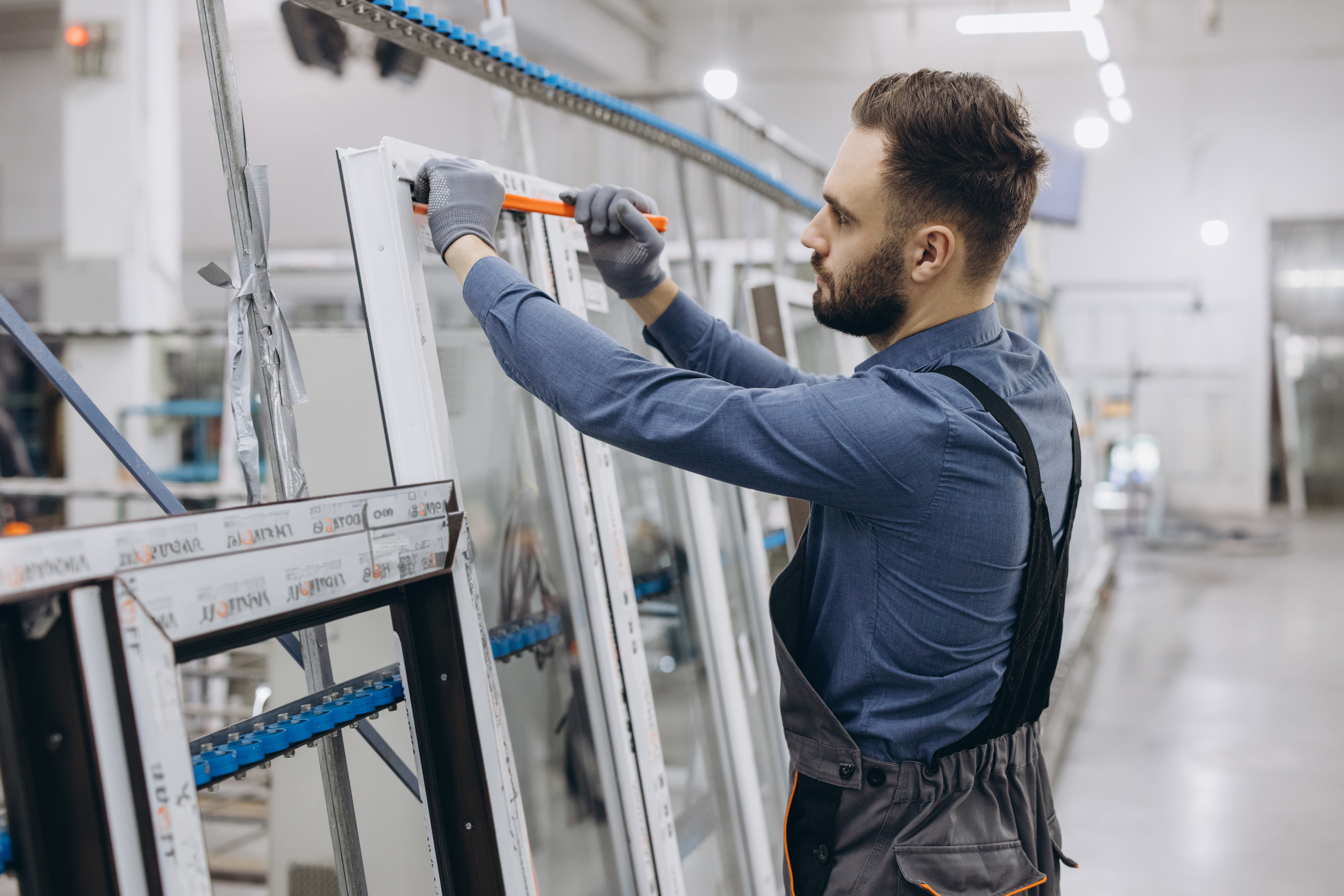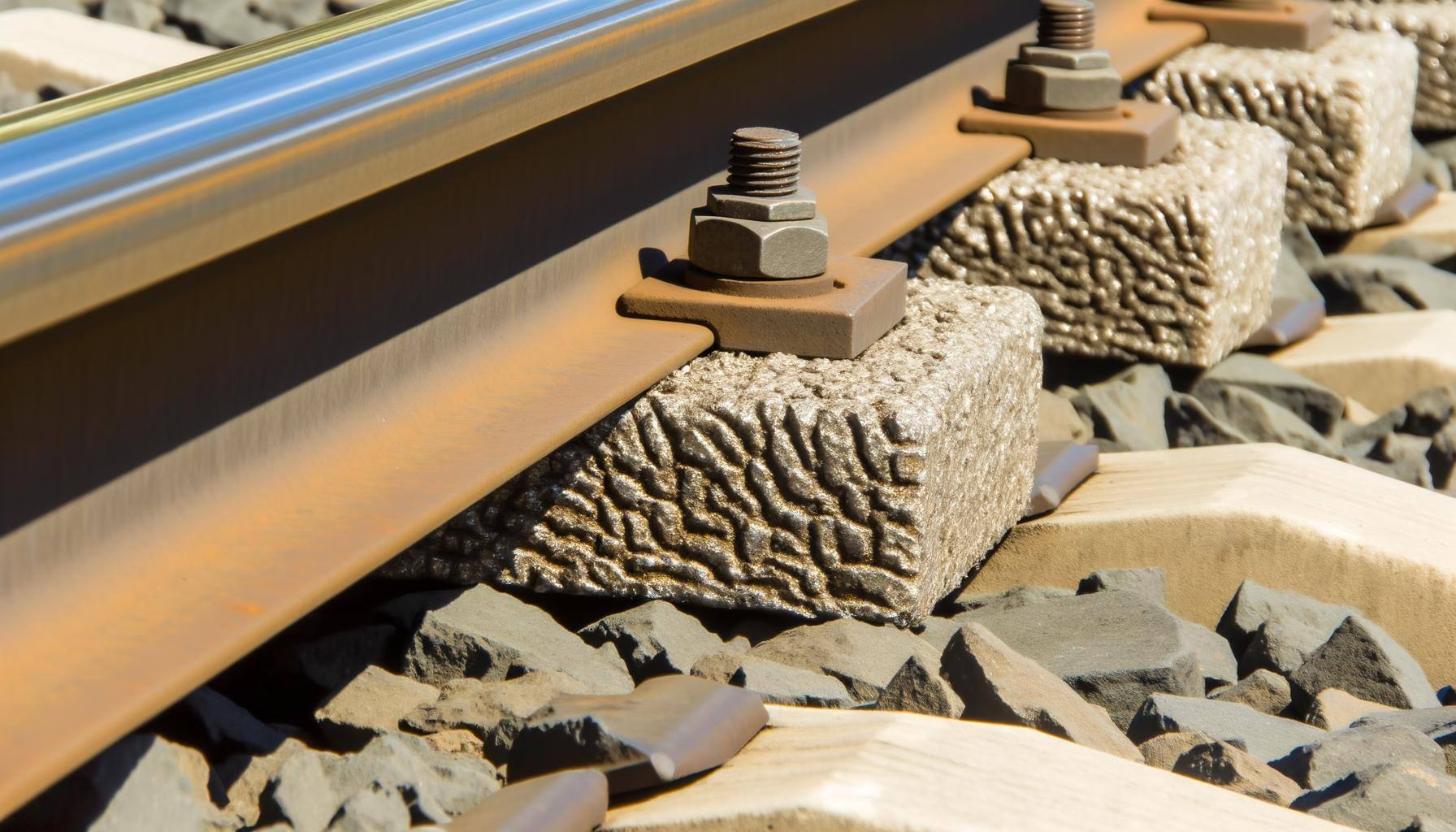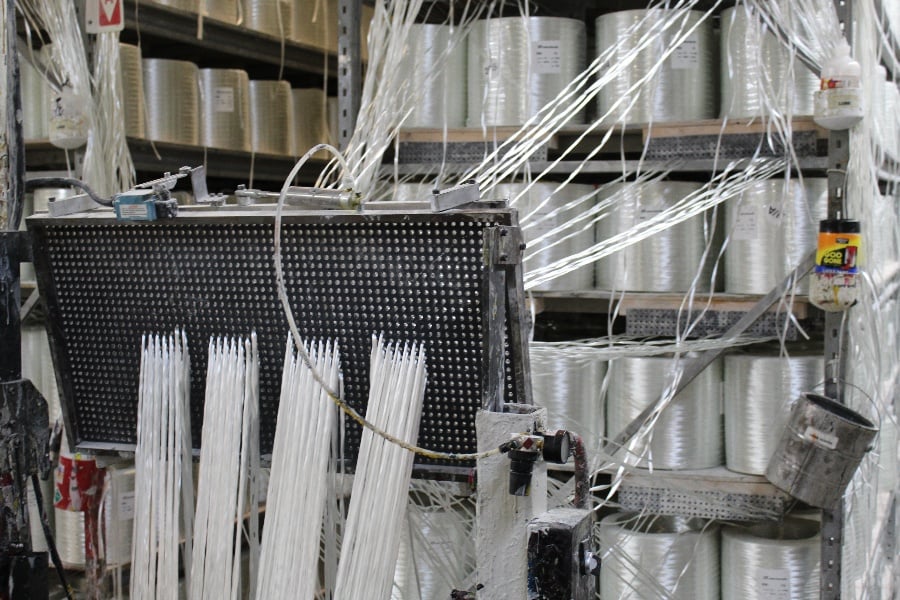
Ladders are a crucial tool utilized in various industries to access elevated spaces. In construction, ladders provide workers access to roofing, wiring, ductwork, and other overhead tasks. Telecommunication technicians rely on ladders to reach poles and overhead lines. Emergency services like fire departments use ladders to access upper levels of buildings.
Proper ladder design greatly impacts the safety and efficiency of workers in these critical industries. Poor stability, insufficient strength, lack of slip resistance, or overexertion injuries can result from flawed ladders, endangering workers through falls or equipment collapse. Optimized ladder design minimizes these risks and allows easier transport and handling, saving time and labor.
The materials used in ladder construction play a key role in determining durability, weight, safety, and cost-effectiveness. This article dives into how engineers can choose the proper material during ladder design.
Fundamental Principles of Ladder Design
Ladder design integrates a multitude of technical and regulatory considerations to optimize safety, functionality, and usability. By analyzing factors like structural loading, stability, ergonomics, and standards compliance, engineers can produce ladder systems tailored for safe and efficient application across a variety of working environments.
Load-Bearing Requirements
A crucial consideration in ladder design is establishing adequate strength for expected loading scenarios. Ladders experience both static and dynamic loads across different access points. Static loads may result from a stationary worker accessing equipment. Dynamic loads occur when workers ascend/descend and shift their weight, inducing fatigue stresses. Safety factors of at least 4x (sometimes up to 10x) maximum intended load are integrated to prevent collapse or yield. Extensive load testing procedures quantify ladder capacities for end-user specifications.
Stability and Balance Considerations
Maintaining ladder equilibrium and slip resistance helps prevent slide-out accidents. Wide bases improve stability, augmented through leveling features like adjustable legs. Optimizing the ladder’s center of gravity above the base aids stability. Anti-slip foot pads, rung/step textures, and extension locks boost safety. These features become more necessary as ladder height, weight, and access loads increase instability risks.
Ergonomics and User Safety
Designing for user ergonomics promotes safe and proper ladder use. Features like transport handles ease the mobility of larger ladders. Rung dimensioning follows anthropometric data to allow comfortable climbing and standing. Platform ladders optimize user posture and movement at elevated work areas. Design limits help prevent overextending beyond regulatory weight ratings or heights. These human-centric design elements reduce overexertion injuries and accidents.
Regulatory Compliance
Adherence to safety codes and standards like OSHA, ANSI, and EN 131 requirements is obligatory in professional ladder design. These regulations govern factors like durability testing, materials selection, load ratings, rung spacing, labeling, and other specifications to uphold minimum safety and design baseline. Meeting region/industry-specific codes through design choices and testing procedures ensures regulatory compliance for ladder products.
By unifying these fundamental considerations, ladder engineers can produce optimized, OSHA/ANSI-approved products matched to their specific application and use cases.
Material Selection Criteria
The materials utilized in ladder construction greatly influence critical performance metrics like structural integrity, lifecycle cost, user safety, and environmental impact. By examining key material properties and selection factors, designers can optimize ladders for their intended service environments and applications.
Mechanical Properties
Load-bearing structural members require adequate tensile and compressive strength for expected loads. High strength-to-weight ratios maximize strength without compromising portability. The modulus of elasticity impacts flexural rigidity and resistance to deformation under loading. Materials like aluminum, steel, and fiberglass meet minimum mechanical properties for ladder construction.
Weight Considerations
Excess weight hinders mobility and may require more workers to safely transport and handle ladders. This increases injury risks and construction time. Lightweight or hybrid materials like aluminum-fiberglass can balance sturdiness with easier portability compared to heavy steel ladders.
Durability and Environmental Resistance
Expected environmental exposure conditions dictate material choices, balancing corrosion, UV, and weathering resistance with cost. Aluminum offers better corrosion resistance than steel in wet/humid areas but is more vulnerable to marine environments. Fiberglass resists UV degradation better than aluminum. Material coatings like galvanization or anodization boost environmental durability.
Cost-Efficiency
While advanced composites can optimize properties, widespread material availability and manufacturability of aluminum and steel make them more cost-effective. Life cycle cost analysis considers long-term savings from durability, low maintenance, and extended ladder lifespan.
Sustainability Factors
Beyond technical performance, environmental impacts of material extraction, manufacturing, distribution, and disposal guide eco-conscious ladder design. Recyclable aluminum and the lower carbon footprint of recycled steel are more sustainable than fiberglass. New bio-composite materials offer promise for increased sustainability.
Careful evaluation of key selection criteria allows tailoring ladder material choices to meet performance goals, safety standards, and environmental objectives.
The Promise of Fiberglass Reinforced Plastic in Ladder Design
Fiberglass-reinforced plastic (FRP) composites present advantageous properties for next-generation ladder materials. These composites consist of glass fiber reinforcement suspended in a polymer resin matrix. The resulting mechanical properties and corrosion resistance exceed conventional metals like aluminum and steel for lighter, safer ladder structures.
Strength and Durability
The reinforcing glass fiber network grants FRP composites very high strength, rivaling steel. Superior tensile and compressive capacities resist failure from dynamic loads. The non-conductive polymer matrix resists corrosion in wet environments. FRP resists weathering degradation from solar UV exposure better than metals. The composite structure lacks a fatigue limit, meaning material integrity persists over years of cyclic stresses.
Lightweight Design
FRP composites boast strength-to-weight ratios exceeding aluminum. This allows lighter-weight ladders to improve portability and handling without compromising stability or bearing capacity. The lightweight nature also eases transportation costs.
Customizability
The composite structure grants extensive customizability over mechanical properties like stiffness, strength, and environmental durability. Engineers can tailor the resin matrix and glass reinforcement to application needs by selecting alternate polymer grades with specialized corrosion or heat resistance. Additional reinforcement at high-stress areas increases localized ladder strength.
Lifecycle Value
Despite potentially higher initial costs, exceptional FRP lifespans lower overall lifetime costs from reduced maintenance, repairs, and replacements. Design optimization reduces material needs for further cost savings. Improved safety and handling from lighter FRP ladders also boost productivity. As production scales, FRP costs should fall, making adoption more cost-feasible.
With advantages over traditional ladder-building materials across critical performance metrics, FRP composites show immense promise as the future of optimized ladder design. Continued R&D and scaled manufacturing can help transition this high-value materials solution from the aerospace and automotive sectors into mainstream ladder engineering applications.















